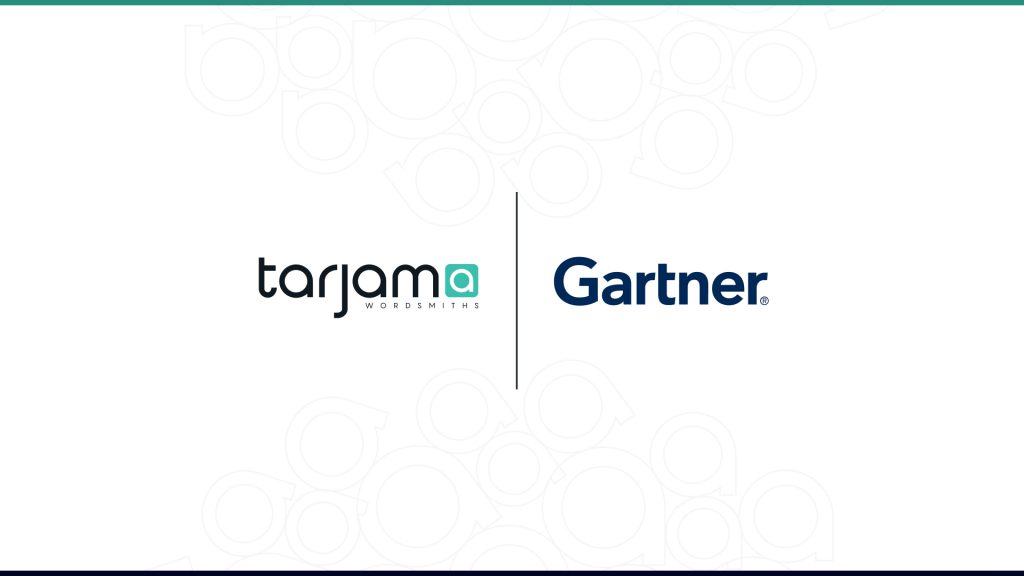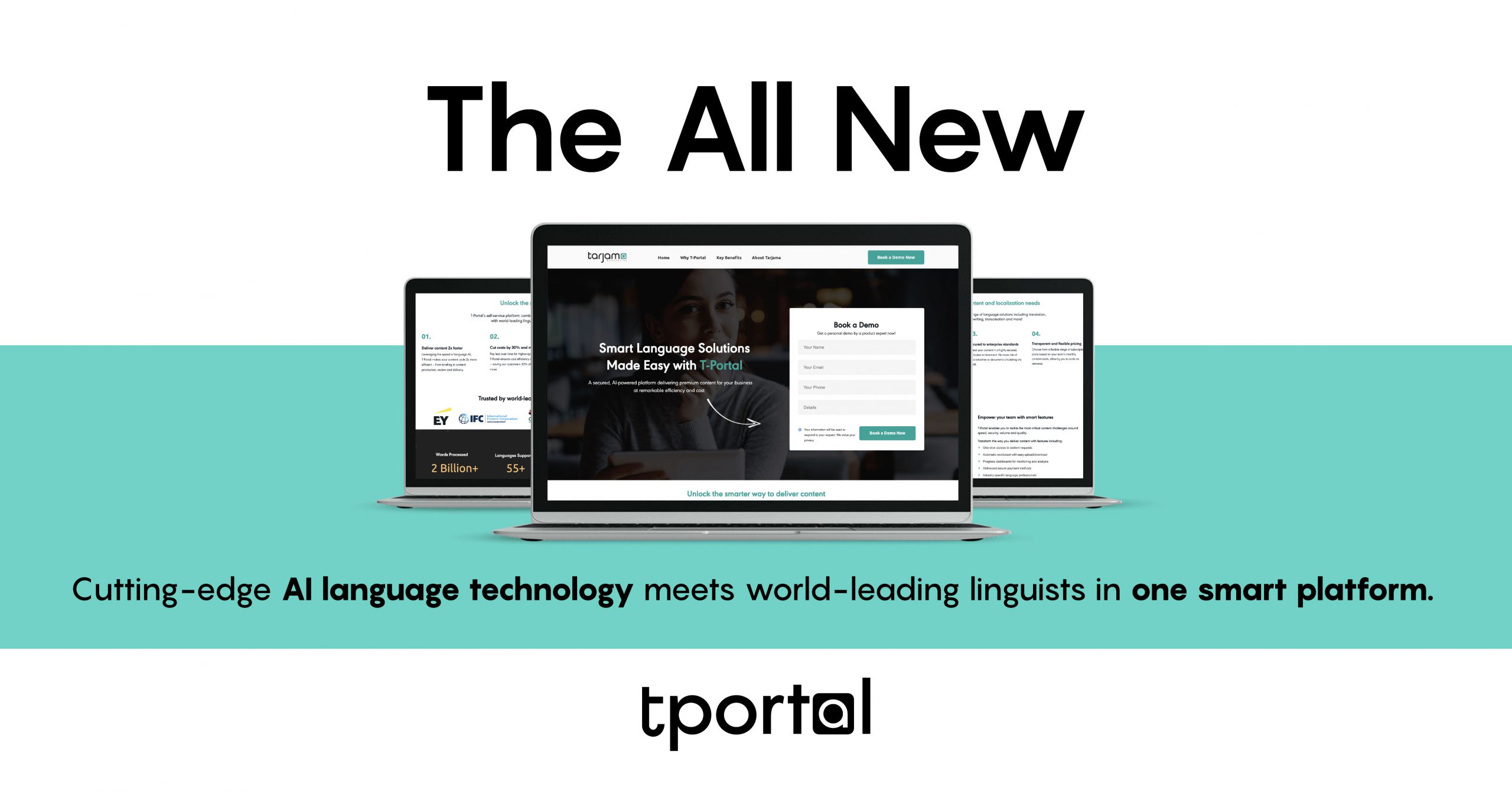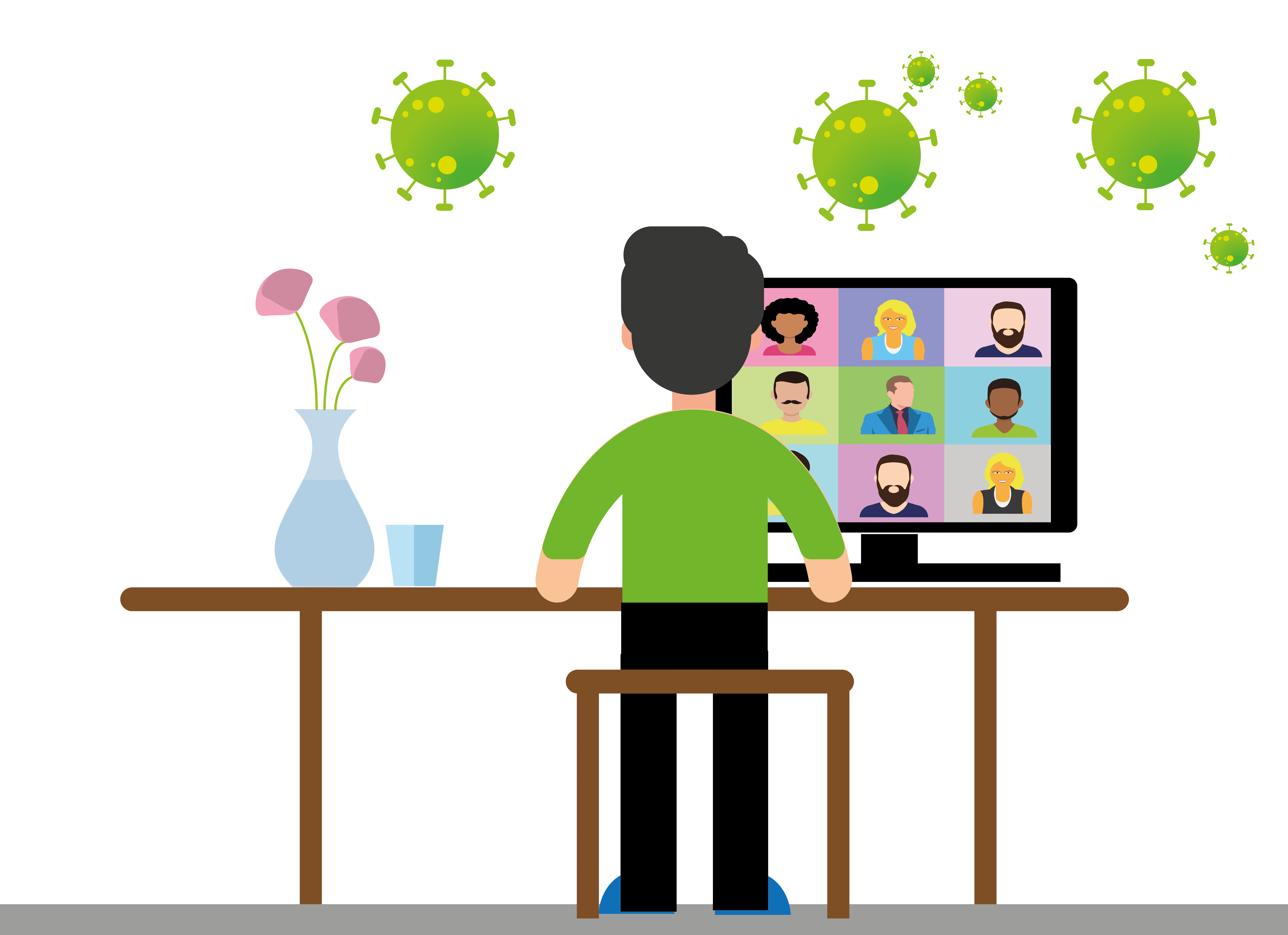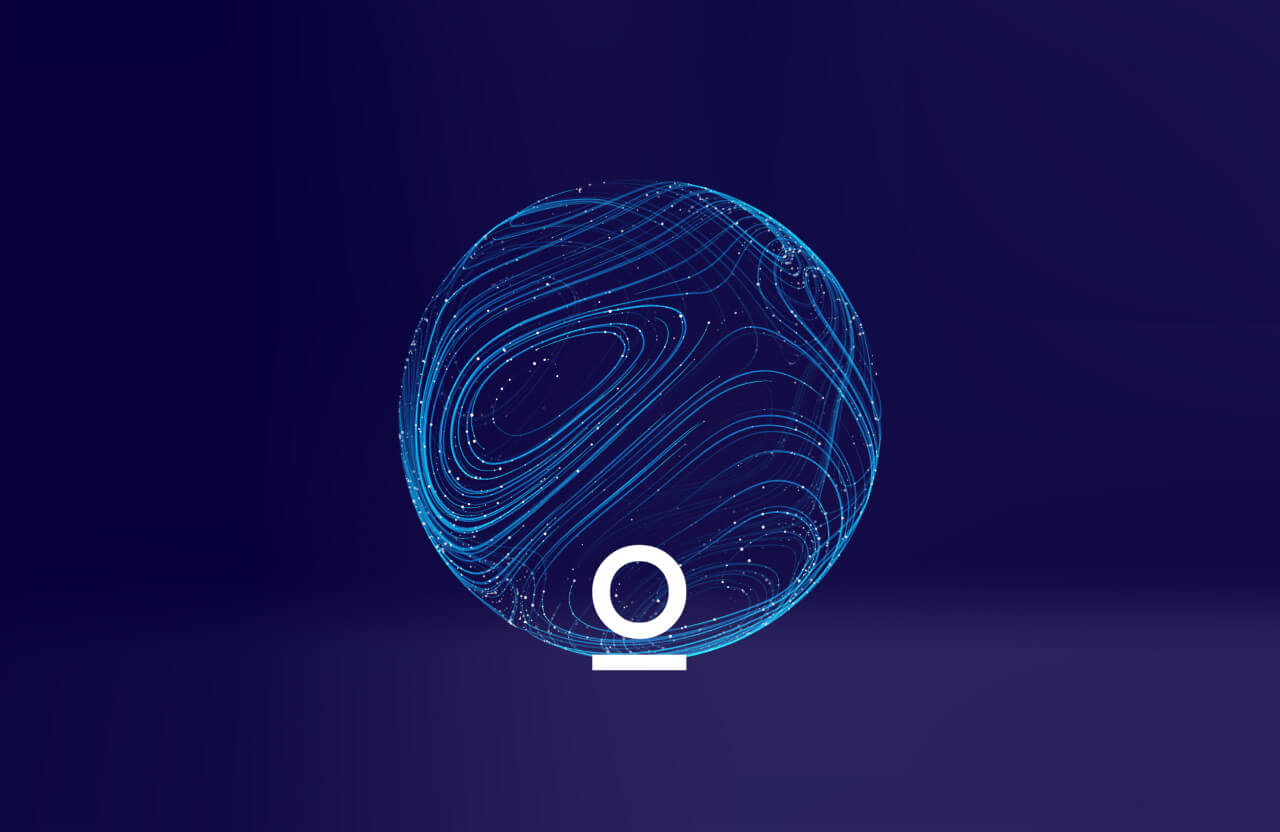How do you decide whether you need transcreation instead of translation? Both transcreation and translation are two opposite sides of the same coin, both having a unified strategy to make content accessible in a language other than the one in which it was first created. Let’s first start with the differences between the two language services.
3 Main Differences Between Transcreation and Translation
Here are the major differences between translation and transcreation that you need to be aware of.
1. Transcreators are writers. While translators convert word-for-word text so that it’s understood clearly by a foreig audience, transcreators deliver the intended message in a new language, which often includes a complete reimaging of your content so that it resonates better with a different culture. While translators convert word-for-word text so that it’s understood clearly by a foreign audience, transcreators deliver the intended message in a new language, which often includes a complete reimaging of your content so that it resonates better with a different culture.
2. Transcreation works best with creative content. In marketing messages, transcreation ensures that your content connects with foreign audiences on an emotional level, while building your consistent brand identity and sharing your company’s essence with the world. Marketing transcreation messages or ideas tend to be nuanced — thus the need for transcreation to carry forward the appropriate message to the target audience. Transcreation is all about “creation,” and that is why this is the ideal strategy for copywriting and video production, among other creative endeavors.
3. Transcreation is more expensive. Creative copy takes time! While translation is known to be charged per word, transcreation rates depend on the labor hours dedicated to your project. It isn’t easy to place value on the amount of time a transcreator needs to develop marketing campaign slogans or copy because they do not just translate word for word. Because of its more time-consuming nature, transcreation is more expensive than translation. However, when done right, transcreation can be a game-changer for your content and worth the extra cost.
The Key Benefits of Transcreation

Many businesses have globalization at the top of their sales growth agenda. But for a company to fully globalize its operations, it must localize its communications and brand identity. Here are some of the benefits that you’ll get out of transcreation.
1. Connect Emotionally with Your Audience
Foreign target consumers should not feel as if they are receiving a regurgitated message – much like gamers find watered-down games distasteful. You have to come across as authentic! Transcreation makes this possible by enabling you to develop an emotional connection with your core consumer demographics. By reaching out to foreign locales, marketing transcreation opens up business opportunities in areas where, initially, there was none.
2. Deliver Personalized Experiences
If you have your eyes set on a global market, you need to communicate a message that is authentic and specific to your distinct international target audiences. Your content is regularly created in the language of your brand’s parent country, and the same content needs to be disseminated to your global consumers, but in a way that people on opposite sides of the globe can relate to it the same way. For this to happen, the context that transcreation brings is key to respecting every consumers’ political, social, linguistic, and cultural practices. This is why, most of the time, you will be advised to hire a local who shares the same experiences or upbringing as your target demographics.
3. Develop Brand Sensitivity to Specific Audience Needs
Transcreation calls for cultural sensitivity, which is integral to the brand’s success. It is very easy for an original meaning to be misconstrued by a foreign audience. It is also vital for the local culture not to feel like the brand is appropriating their way of life for the sake of profits. A balance can be attained by making sure that your campaigns are led by professionals that are well versed in both your industry technicalities and the target market cultural specifics. End of year celebrations, for instance, are celebrated differently across cultures. In the West, a lot of people visit their friends and family in December, while the Chinese mark most of their celebrations in January and early February. Without representatives from both the East and the West, your marketing team could erroneously schedule associated campaigns.
4. Boost Your SEO and Visibility
The use of transcreation also improves SEO and guarantees that your brand will be more visible online. Search engines do not advocate for the use of generic translation software. Google’s algorithm automatically flags auto-generated content and lowers the culprit’s search rankings. You have to design your pages and Meta descriptions to cater to your target audience’s needs for a shot at increasing your click-through rates.
Providing value to your consumer is as important as getting the message across. If they do not spend a lot of time on your site, for example, this will signal to the search engine algorithms that your page is of low value. Low-value pages don’t get backlinks from other higher-ranking pages in the target country. The goal is to make your content as shareable as possible in whichever country you publish it in.
6 Times You Should Use Transcreation Instead of Translation

1. Slogans – With your slogan carrying the essence of your brand or campaign, it is crucial to convey the actual meaning by recognizing local, cultural, and political assumptions.
2. Film & TV Scripts – Make sure the colloquial terms (or slang language) and historical contexts are conveyed in your final output.
3. Creative Writing – To translate creative content such as detailed descriptions, alliterations, and metaphors, you have to deploy transcreation from the beginning.
4. Video Games – Video game terms and conditions and instructional manuals might benefit from word-for-word translations, but scripts, titles and slogans lose their bang without transcreation.
5. Speeches – Political analogies, historical references and slogans have more meaning to the locals than foreigners could ever imagine. The best practice is to work with local transcreators to communicate ideas and feelings even more adequately.
6. Websites – Your website is often your prospects’ first point of contact with your company. It’s important when deploying it into a new language, you capture the essence of your brand, messages, and value propositions.
Taking into consideration its buccaneering nature, transcreation is quickly becoming an essential tool for businesses. Why is this the case?
Examples of Transcreated Campaigns by Global Brands

Many examples of transcreation demonstrate its value to product promotion initiatives. For example, do you remember Coca-Cola’s “Share a Coke” campaign that had everyone in the supermarket looking for a Coke bottle with their loved ones’ names on it? The campaign was rolled out in both English speaking and non-English speaking countries like Vietnam. The marketers carried out an extensive campaign in Vietnam, where they used local actors and their country’s stunning scenery for this particular ad campaign. Not to forget, they also used Vietnamese names on the sides of the Coke bottles! The strategy portrays a concerted effort by the brand to show consumers that they are not just an afterthought but a high-value target. Video game companies are also cautioned against distributing watered-down versions of their games in foreign countries: Every consumer wants the same high-quality consumption experience.
Puma shoe manufacturers would have done well to borrow a leaf from Coca-Cola and video game companies. In a previous ad campaign targeting the United Arab Emirates, they designed new shoes using the country’s flag colors. The move bodes ill with UAE consumers who are known to associate anything touching the ground with dirt or uncleanliness. Without putting any creativity into it, the company launched an identical campaign all over the world. A transcreator could have cautioned them against such underhand methods and saved them millions of dollars in revenues.
Questions to Ask Yourself Throughout Your Translation Workflow

Finding the right mix between transcreation and translation can be challenging. Ask yourself the following questions throughout your translation workflow to identify how to combine both transcreation and translation to deliver the best brand experience to your customers.
1. What’s Your Entry Strategy?
Maybe, in some countries, you might want to do a little bit of exploration before spending more resources on marketing. This means localizing a small amount of high-performing content to see if it is a good fit for your brand message first before translating the rest of your media arsenal.
Take a more in-depth look at the type of content you’re about to publish. It is a no-brainer that some of the ideas you intend to communicate are not culturally accepted in some places, even if it is allowed in your country of origin. What is good for the goose, in this regard, is not necessarily good for the gander. You should task a local professional translator who’ll be able to inform you when word-for-word translations are appropriate, or if you’ll have to rethink some of your materials or slogans.
2. Who Is Your Target Audience?
When you are marketing to an Australian audience, references from an English campaign will not resonate well with them. An American audience will not get on board if you address them in a way that might be better suited for an audience in Yorkshire, England. The same way feminist perspectives about gender roles might appeal to a female audience in the West, but a meaningful percentage of the most conservative nations (like Hungary) might ban such content altogether.
3. What Type of Content are you Optimizing for the New Market?
You need to divide your content into parts that require more effort than others. When looking for the best fit in transcreation, local influence is always encouraged during copywriting to ensure that no meaning is lost. Content that is meant to be evocative requires transcreation the most. Alternative content that describes facts using simple vocabularies whose meanings are not tied a lot to contexts and subjective notions are the perfect candidate for automated translation. Always remember that some instances are better suited for translation than transcreation.
Bringing it All Together
The major difference between transcreation and translation is that while the latter focuses on word for word interpretations and pays little regard to cultural contexts, the former technique is tailored for the localization of content ideas from one foreign community to another.
You should learn from the wins of the likes of Coca Cola and the mistakes of Puma when globalizing your brand identity. Transcreation has the potential to help you appeal to a global audience of consumers, but only if you employ this strategy effectively. If you’re not working with the locals during a campaign, you’re unlikely your target audience’s language.
Still not sure whether you need transcreation or translation for your upcoming content piece? Get in touch and our experts will help you find the right language solution based on your need.
References
https://www.coca-colacompany.com/au/faqs/what-was-the-share-a-coke-campaign
https://www.arabianbusiness.com/puma-pulls-uae-trainers-off-shelves-after-complaints-432530.html





















